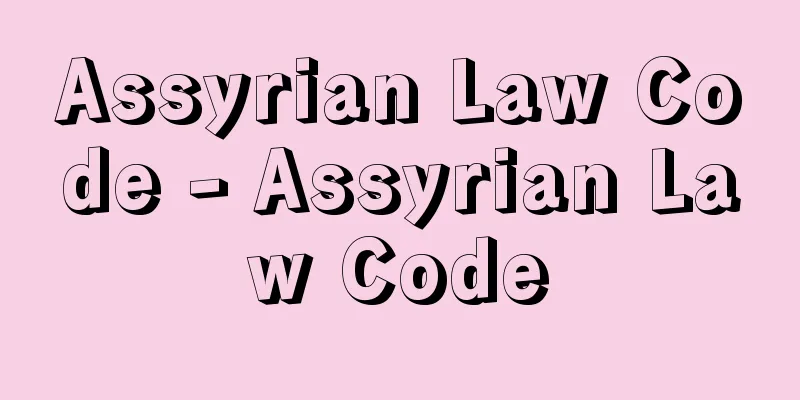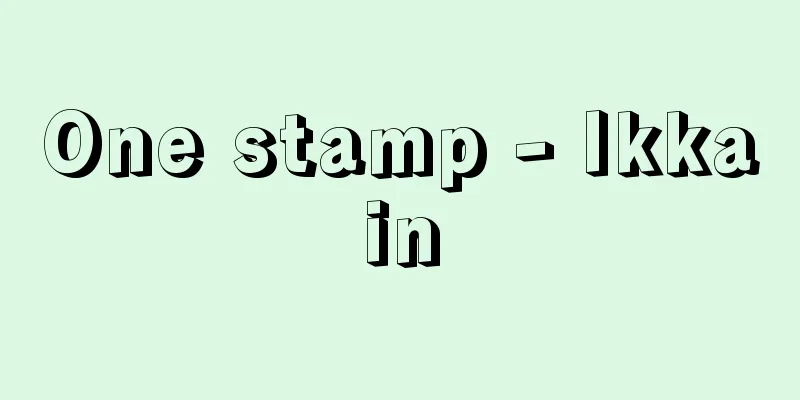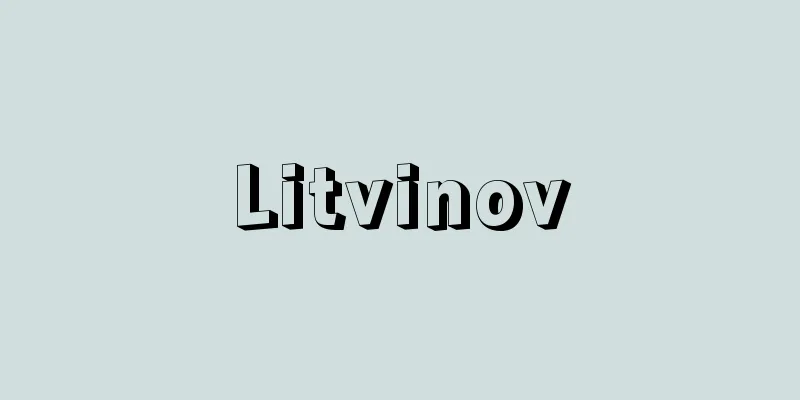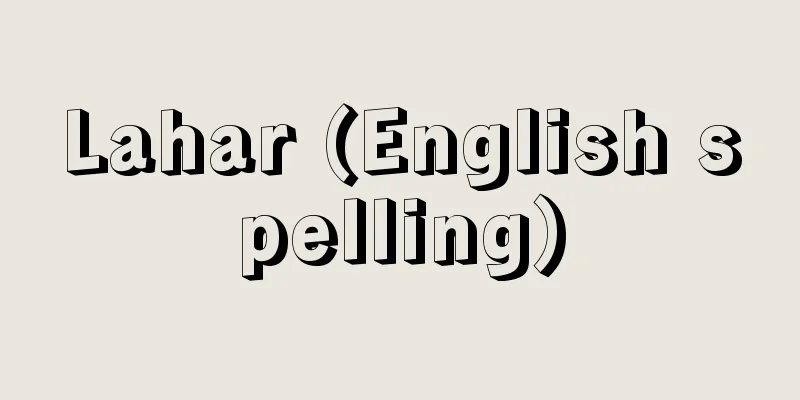Nobukata Kiyohara

|
Year of death: July 12, 1550 (August 24, 1550) Year of birth: 1475 (7th year of the Bunmei Era) A Confucian scholar of the Muromachi period. Born as the third son of Yoshida Kanetomo, he was adopted by Kiyohara Munekata and took over the family business. His pen name was Kansuiken (the same as his grandfather, Naritake). In March 1480, he was appointed as a priest after serving as a chief priest and then as a chief priest in July 1482. In June 1500, he was promoted to Junior Fifth Rank, and in January of the following year, he was appointed as a direct lecturer. In June of the same year, he was appointed as a Shonagon. In 1504, he was allowed to enter the palace. In the fifth year, he became a tutor to Prince Tomohito (Emperor Gonara), and in April 1521, he was promoted to Junior Third Rank, following in the footsteps of his grandfather, Naritake. In the following year, he became a chamberlain, and in November of the sixth year, he became a Senior Third Rank. In February 1529, he shaved his head at Daitoku-ji Temple and took the pen name Soyu. After he retired, he lectured on Confucianism in Kyoto and frequently visited the Hokuriku region. In 1530, he lectured on "The Doctrine of the Mean" at the residence of Hatakeyama Yoshifusa in Noto, and in 1532, he lectured on "Mencius" for the Takeda clan, the provincial governor, at Seiun-ji Temple in Obama, Wakasa. In 1541, he visited Ichijodani at the invitation of the Asakura clan of Echizen, where he lectured on "The Classic of Filial Piety" and passed away there. His grave is at Zenrin-ji Temple in Fukui City. His academic style was an eclectic mix of new and ancient, and many of his commentary materials were passed down to the Funahashi family, the direct descendants of the Kiyohara clan, and are preserved in the Seike Bunko at Kyoto University. He made a great contribution to the compilation of the Kiyohara clan's study of the classics, and is particularly notable for his efforts in creating the Kiyohara clan's certified editions, creating abridgements for commentary, copying, and holding frequent lectures. His transcriptions include Togen Zuisen's Shiji Sho, Chikuun Toren's Hanshu Sho, Ikkaku Genshin's Ikkaku Genshin's Ikkou Gaku Enlightenment Interpretation Oral Meaning, Ichijo Kaneyoshi's Nihon Shoki Sansho, Yoshida Kanetomo's Nihon Shoki Sho, and Shiname's Koso Shisho. He was a man of many talents and was active in many fields, leaving behind works such as the Nihon Shoki Jindai Maki Sho, which describes the origins of Yoshida Kanetomo's Shinto studies, and the Ise Monogatari Korekiyo Sho, a transcript of Sanjonishi Sanetaka's commentary on the Ise Monogatari. He also compiled dictionaries such as Jinkai and Shigen Yoraku. He also wrote the Joei Shikimoku Sho, an annotation of the Goseibai Shikimoku, which was highly regarded as the mother law of provincial law at the time. He also participated in poetry festivals organized by Gozan Zen monks such as Jingxu Shurin. <References> Hideo Yamada, "About Kiyohara Nobukata" (Japanese Language and Literature, Vol. 34, No. 10) (Makoto Yamazaki) Source: Asahi Japanese Historical Biography: Asahi Shimbun Publications Inc. About Asahi Japanese Historical Biography |
|
没年:天文19.7.12(1550.8.24) 生年:文明7(1475) 室町期の儒学者。吉田兼倶の3男に生まれ,清原宗賢の養子となり家業を継ぐ。号は環翠軒(祖父業忠と同じ)。文明12(1480)年3月,主水正,大炊頭を経て18年7月に蔵人に補せられ,明応9(1500)年6月従五位下,翌文亀1(1501)年1月直講となり,同年閏6月少納言に任ぜられ,永正1(1504)年昇殿を許される。8年には知仁親王(後奈良天皇)の侍読となり,大永1(1521)年4月には祖父業忠の例を襲って従三位に叙せられ,翌2年侍従,6年11月正三位となる。享禄2(1529)年2月大徳寺で剃髪,宗尤と号した。致仕後は京都で儒典を講ずるかたわら,北陸の地にしばしば足を運ぶ。3年能登の畠山義総邸で『中庸章句』を,天文1(1532)年には若狭小浜の栖雲寺に於て,守護武田氏のために『孟子』を講じた。14年,越前朝倉氏の招きで一乗谷を訪れ,『古文孝経』を講じ,同地に没した。墓は福井市禅林寺にある。 学風は新古折衷学派で,その訓釈資料の多くが清原家の嫡流舟橋家に伝えられ,京都大学蔵の清家文庫に伝存している。清原家の経学を集大成した功績は大きく,清原家証本の作成,注解のための抄物の作成,書写活動,盛んに講筵を開くなどしたことが特筆される。彼の書写したものに桃源瑞仙『史記抄』,竺雲等連『漢書抄』,一柏現震『易学啓蒙通釈口義』,一条兼良『日本書紀纂疏』,吉田兼倶『日本書紀抄』,佚名述『胡曾詩抄』などがある。多芸多能で,多方面に活躍し,吉田兼倶の神道学を祖述した『日本書紀神代巻抄』,三条西実隆の伊勢物語講釈の聞き書き『伊勢物語惟清抄』などを遺している。『塵芥』や『詞源要略』などの辞書の編纂にも当たった。また当時分国法の母法として重んじられた御成敗式目の注『貞永式目抄』を著した。景徐周麟ら五山禅僧の催した詩筵にも連なっている。<参考文献>山田英雄「清原宣賢について」(『国語と国文学』34巻10号) (山崎誠) 出典 朝日日本歴史人物事典:(株)朝日新聞出版朝日日本歴史人物事典について 情報 |
<<: Kiyohara's Deep Adoptive Father - Kiyohara's Deep Adoptive Father
Recommend
nāstika (English spelling)
...the term used to refer to orthodox Indian thin...
Unohana
Okara. ◇It is said that this name was given becaus...
Charles X - Karl
...The House of Vasa was originally the Swedish r...
Sanguisorba
...A perennial plant of the Rosaceae family (illu...
Iris japonica glossy purple - Iris japonica glossy purple
Kabuki kyogen. Sewamono. 2 acts. Written by Tsuruy...
Common Kingfisher (Jadeite) - Common Kingfisher
A species of bird in the family Alcedinidae in the...
hell
…One of the other worlds to which one goes after ...
Bodhran - Bodhran
An evergreen epiphytic orchid. Its Japanese name c...
Yen book - Enpon
This refers to complete works and books published...
Hanawadai Shell Mound
Shell mounds and settlement remains from the earl...
Sea lion incense
Also known as castoreum. Dried preputial glands of...
Lotto, Lorenzo
Born: 1480. Venice [died] 1556. Italian painter fr...
Mount Emei - Gabisan
A mountain in the west of Jiading, Sichuan Provinc...
Tetori Plant Group
It is also read as "Tedori". It is a gen...
Naokatsu Ii - Good and good
1590-1662 A daimyo in the early Edo period. Born ...









